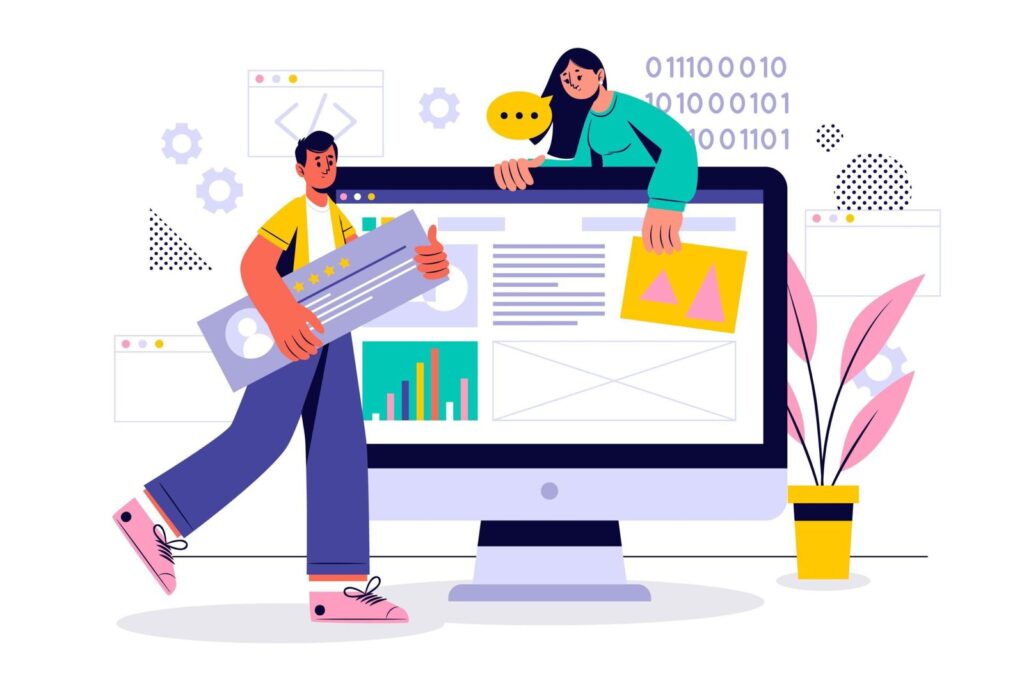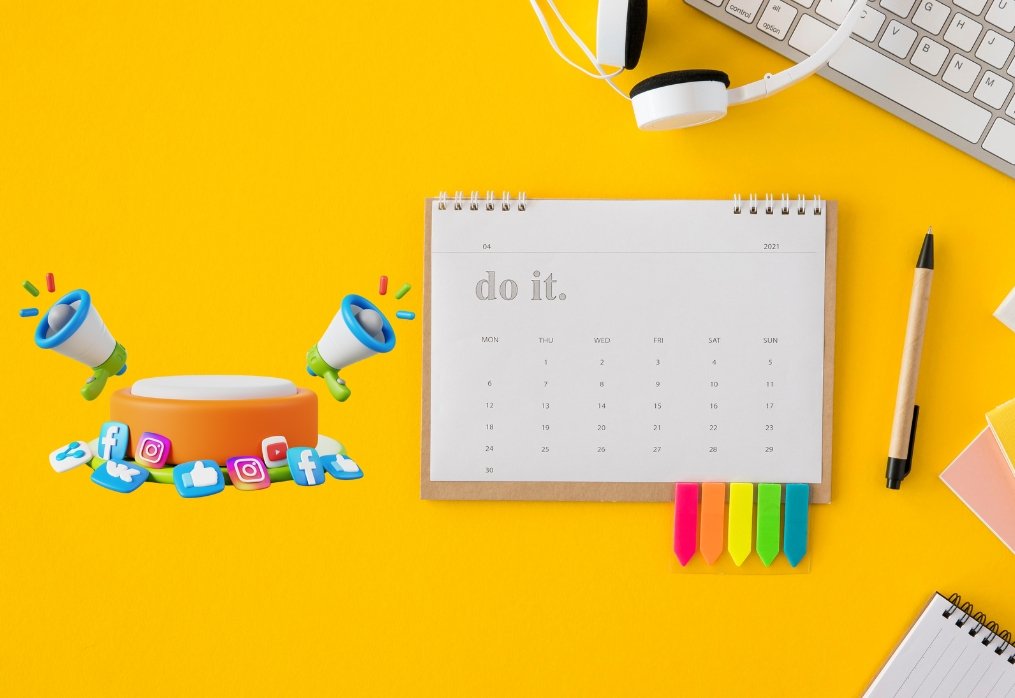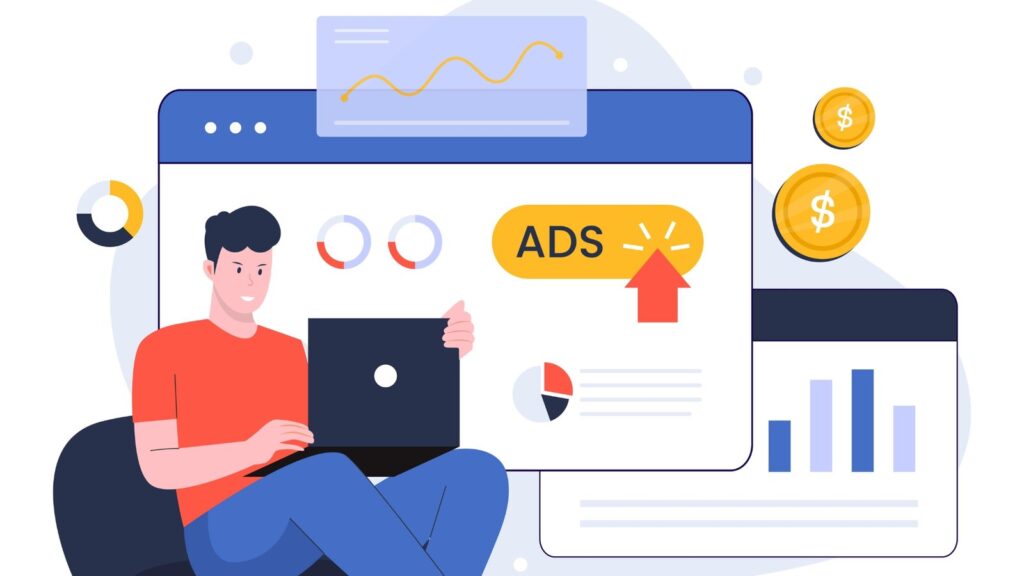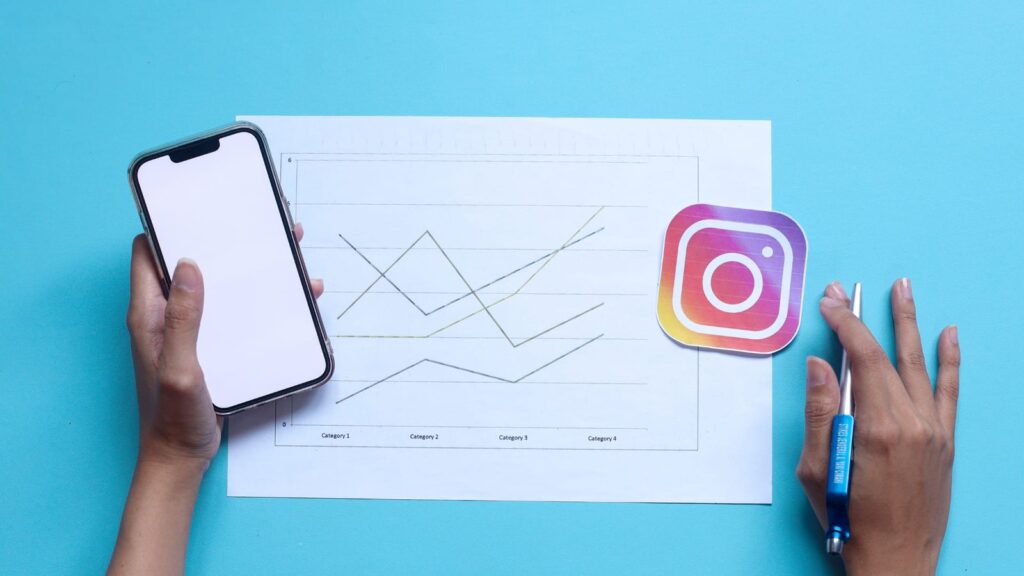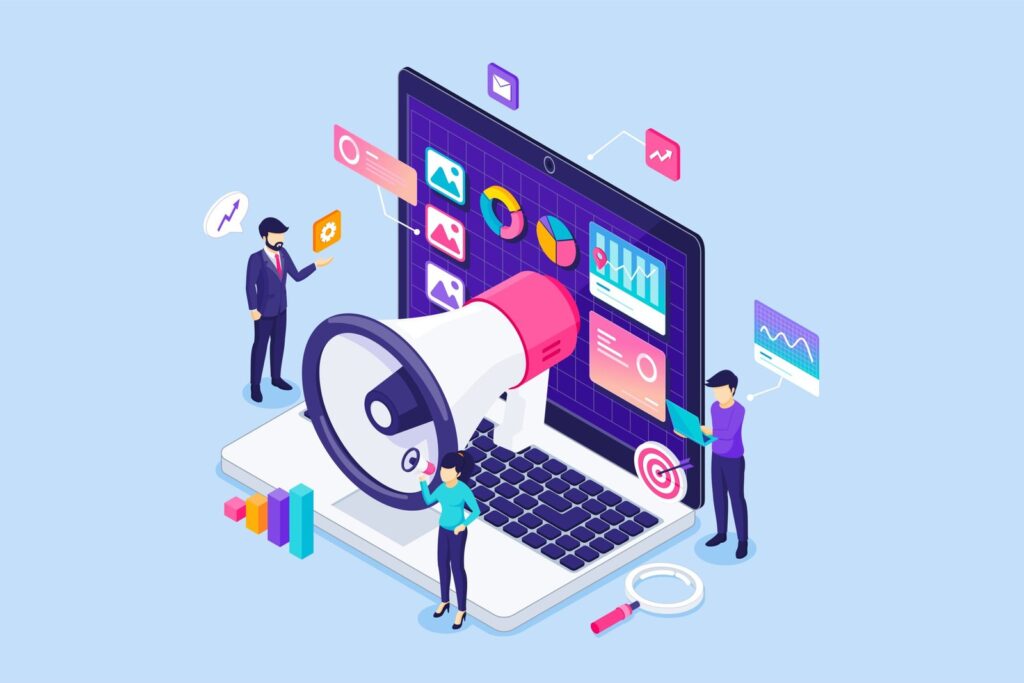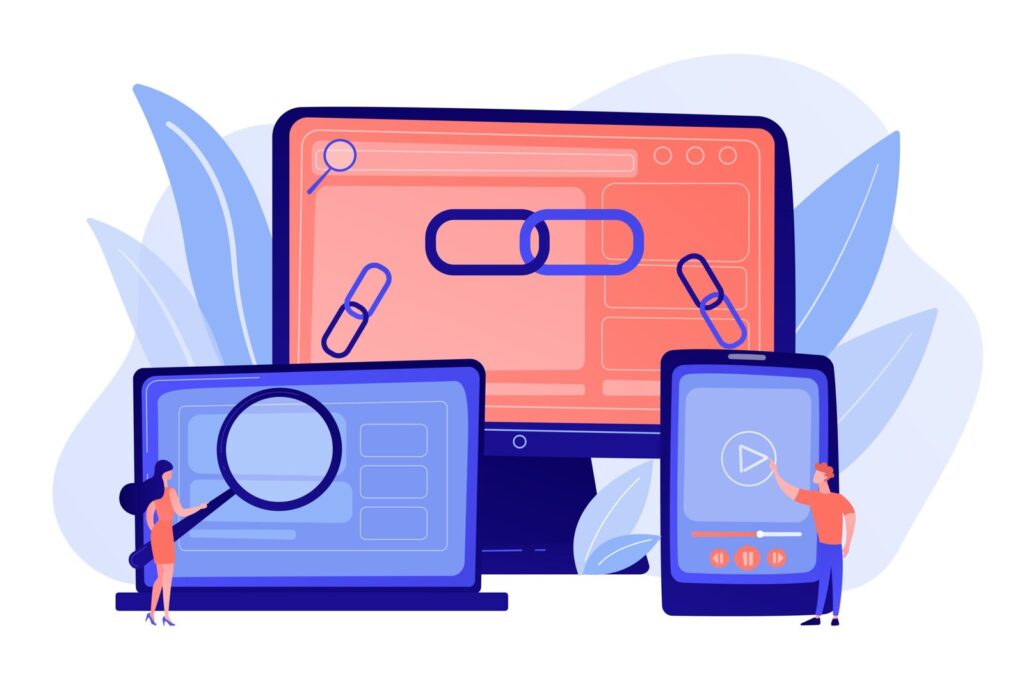8 Ways Great Web Design Will Add Value to your Business
In the current digital age, a professional website is essential to reach the maximum number of potential customers. A great web design is a key to success for businesses of all sizes. A website is more than just an online presence – it can be a powerful marketing and sales tool. Great web design is essential for any business looking to add value to its bottom line. Implementing great web design will help you stand out from your competition and make the most of online opportunities. A great website design will help ensure that your website is easily navigable, provides an engaging user experience, and is optimized for search engine visibility. With increased visibility, your website can be listed higher in search engine results, making it easier for potential customers to find you. Furthermore, attractive visuals and a clear call-to-action will help get more people to engage with your website and convert them into customers. Ultimately, this will lead to increased sales and higher profits for your business. This blog post will discuss eight ways great web design can add value to your business and bank account. From customer engagement to search engine optimization, we will examine how great web design can help you strengthen your online presence and increase your profits. Keep reading! 1. Enhances User Experience Enhancing the user experience is essential for any business to succeed. A great web design will do just that. By providing users with a fast, easy-to-navigate, and informative website, users are more likely to have a positive experience. With a great web design, users can quickly and easily find what they are looking for, making them more likely to stay on the website longer and increase their engagement. Additionally, a great web design will be visually appealing to the user, which can positively affect the overall user experience. This can lead to more conversions, sales, and ultimately more money in your business’s bank account. Studies have shown that people will likely form a better opinion of a business if its website is visually appealing and professionally designed. This could increase sales, as users may more likely trust a business with a visually appealing website. 2. Increases Brand Recognition The second way great web design will add value to your business is by increasing brand recognition. People tend to trust brands with professional and attractive websites, which builds customer loyalty. Good web design will help your brand stand out from the crowd, and this recognition will give your business a competitive advantage. Additionally, having a website that looks great and reflects your brand image helps create a consistent user experience that will draw potential customers in and keep them coming back for more. Furthermore, when customers can easily find what they are looking for, they will be more likely to stay on your website and ultimately make a purchase. A good web design will also make your website much easier to navigate, making it easier for customers to find the product or service they are looking for. A website that looks professional and is easy to use can help to build your customer’s trust in your brand, which will result in more sales. 3. Improves Brand Trust Great web design will help improve brand trust with your customers. People are more likely to trust a well-designed website with clear navigation and consistent branding. This will give customers the feeling that your business is trustworthy and reliable. A consistent design across your website will also help customers find what they need quickly and easily. This will give customers a better experience, making them more likely to return to your website. Not only will this improve their experience, but it will also boost your online credibility and make it more likely that customers will recommend your company to others. Furthermore, having a great website will make it easier for customers to contact you, make purchases, and find out about your company. These things will add value to your business and make it more successful. 4. Offers Easy Navigation An effective web design should make navigation easy for visitors. This means providing a clear navigation menu with links to important pages and subsections. Make sure your navigation menu is visible and consistent across all website pages Additionally, create a user-friendly search bar to provide visitors quick access to relevant content. This will help your visitors find information quickly and easily, increasing the chances that they will stay on your site longer. Furthermore, it is important to ensure that the search results are relevant to the user’s query, as providing irrelevant search results can be frustrating and cause visitors to leave your website. Optimizing your website with an easy-to-use navigation menu and a reliable search bar will ensure that visitors find the content they need quickly and easily, increasing the chances that they will remain on your website and engage with your business. 5. Increases Website Visibility Having a great website design can increase your website’s visibility. When you create a visually appealing design, you will likely attract people to your website. This can be done by using high-quality images, adding videos to pages, and optimizing the website for search engine optimization (SEO). With SEO, you can ensure that potential customers easily find your website and will be more likely to stay on it and take action. This can increase sales, more followers and customers, and ultimately more profits for your business. SEO can be done by optimizing website content, using keywords, and linking to other websites. Additionally, having great web design ensures that your website is easy to navigate and user-friendly. This can be done by including clear calls to action, creating an intuitive navigation bar, and providing a search bar for users to easily find what they are looking for. These aspects will help create an enjoyable user experience and add value to your business. 6. Increases Quality Traffic To Your Website A great website design can increase the quality of the traffic that
8 Ways Great Web Design Will Add Value to your Business Read More »

